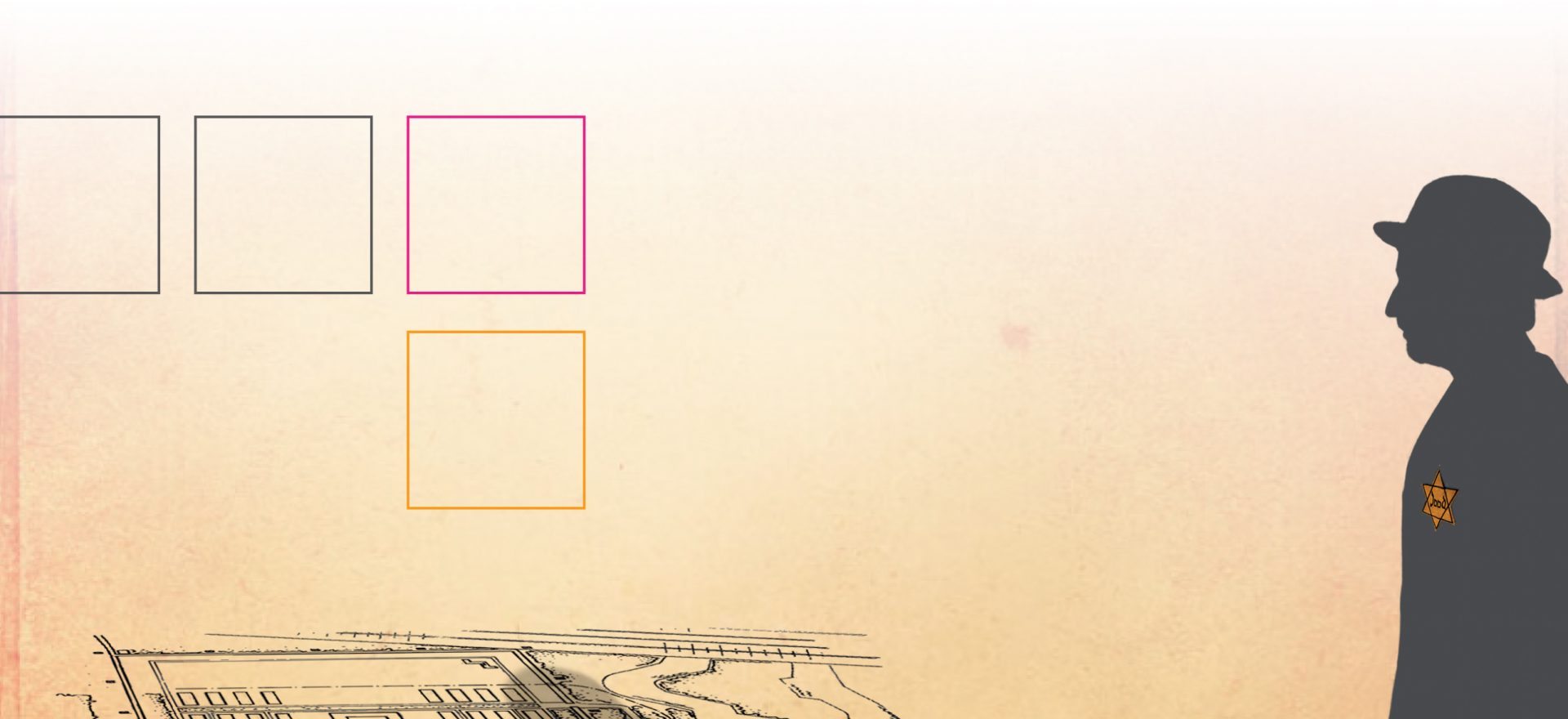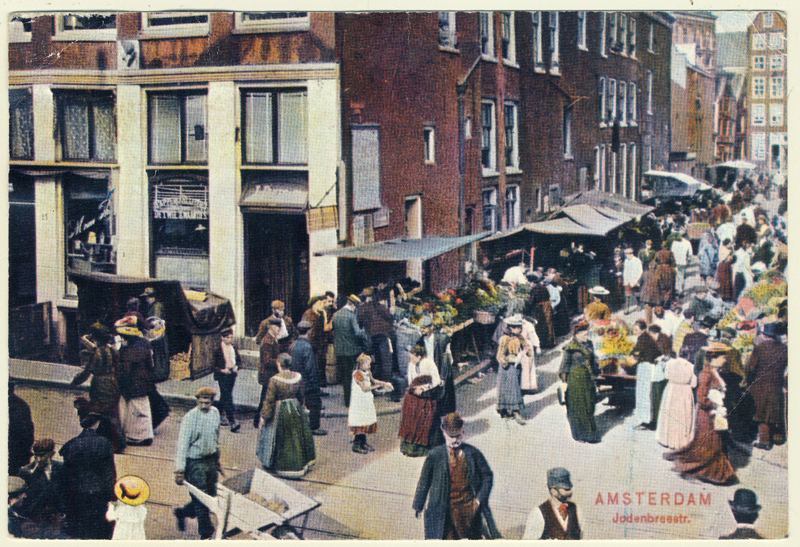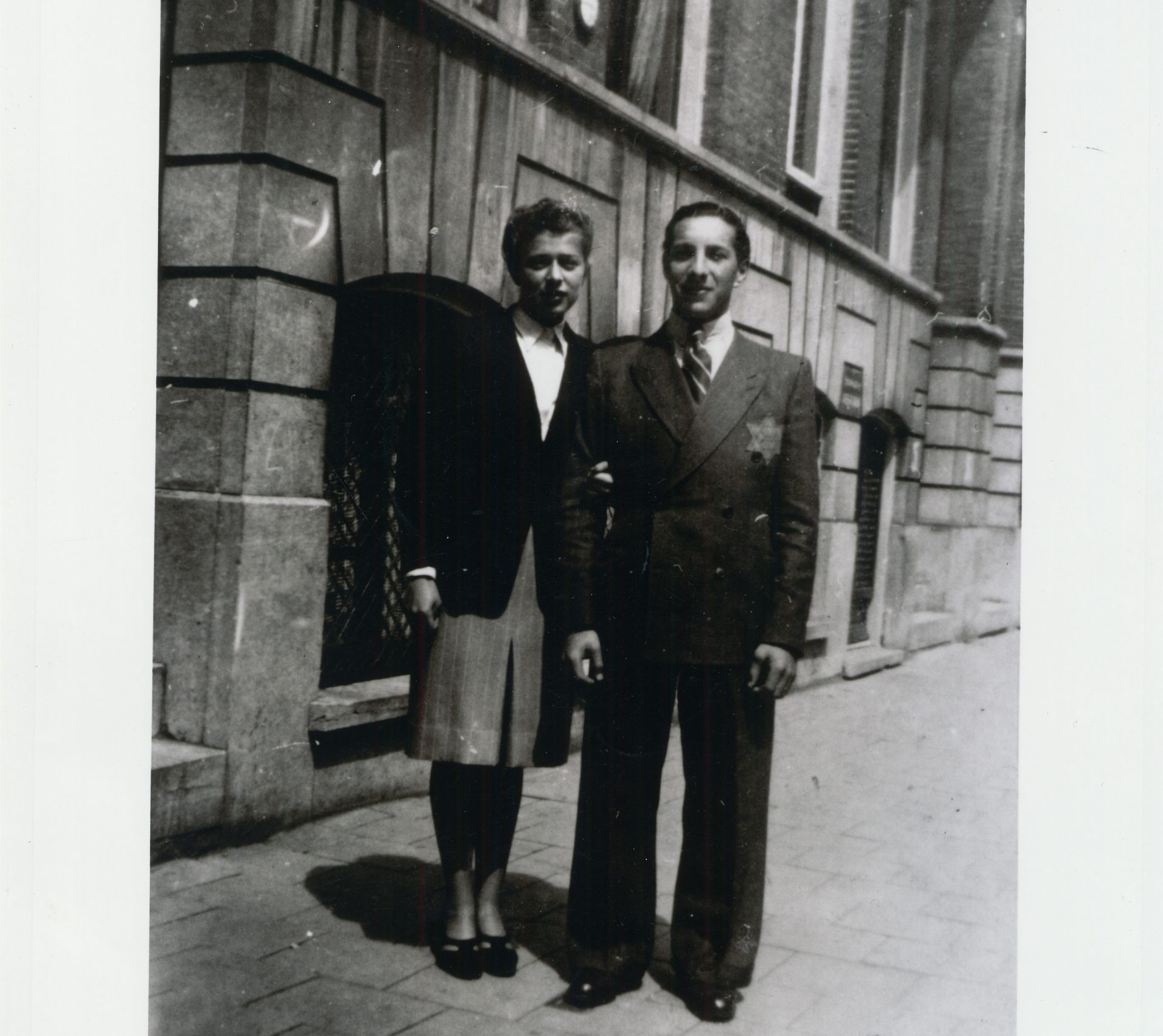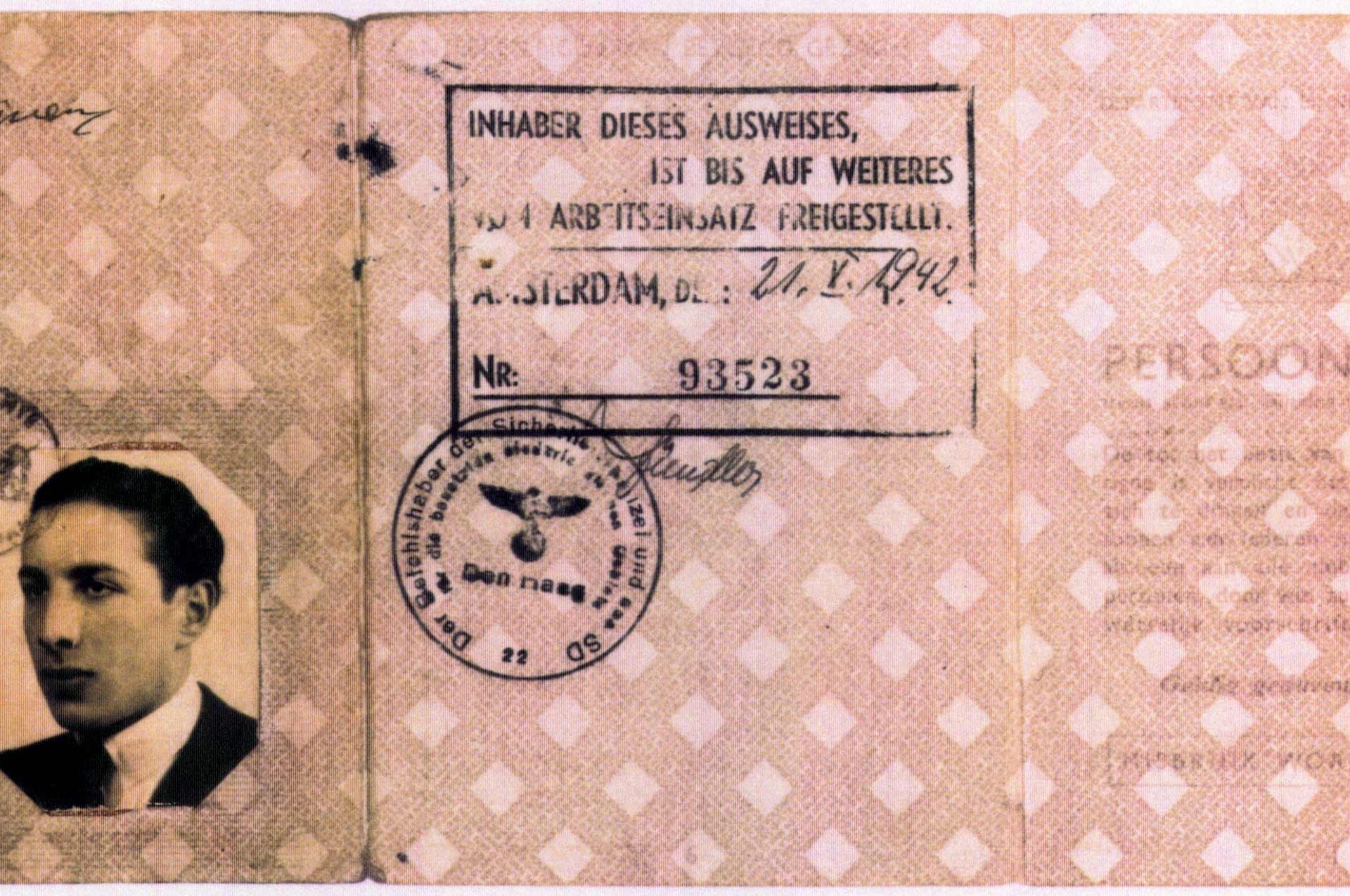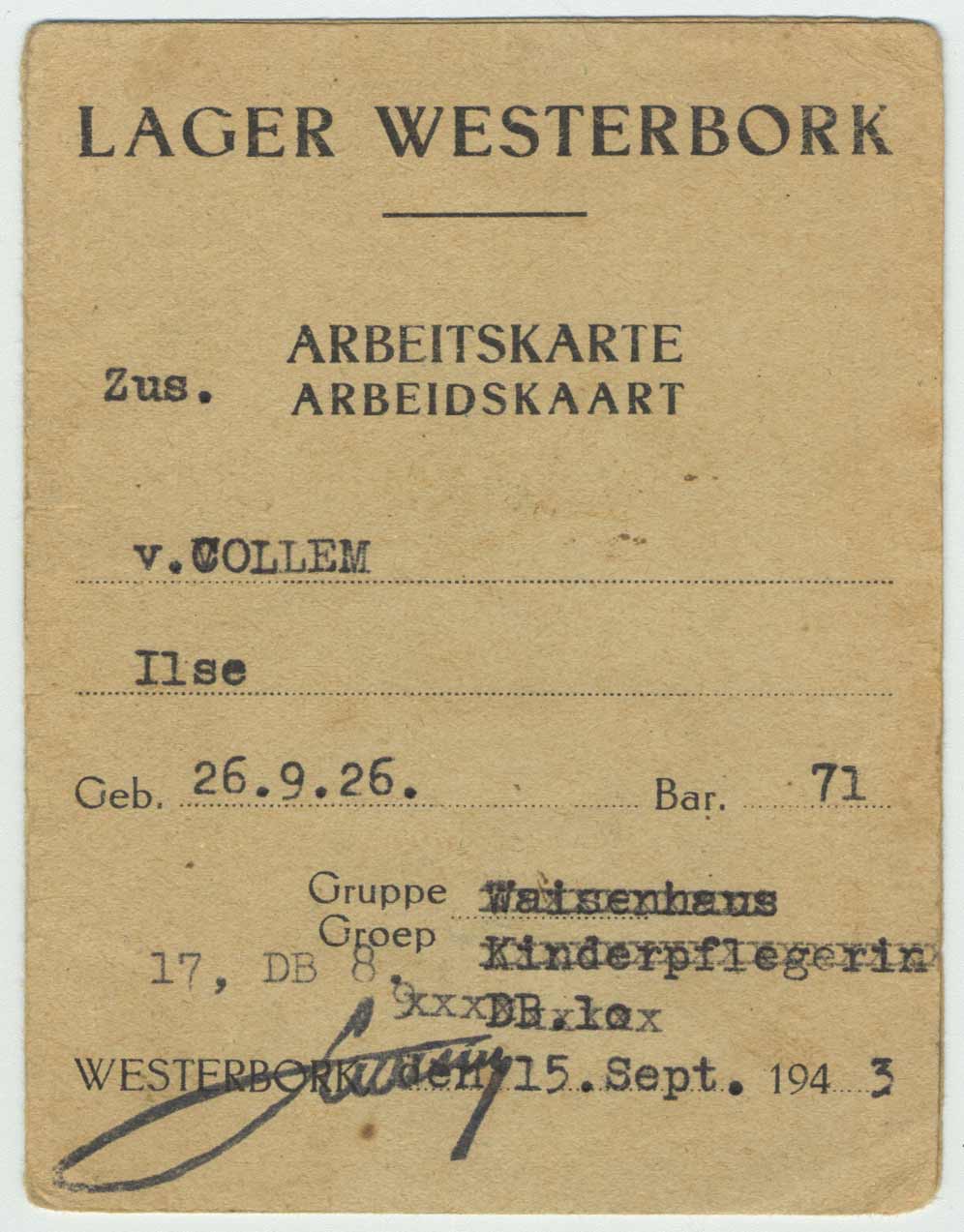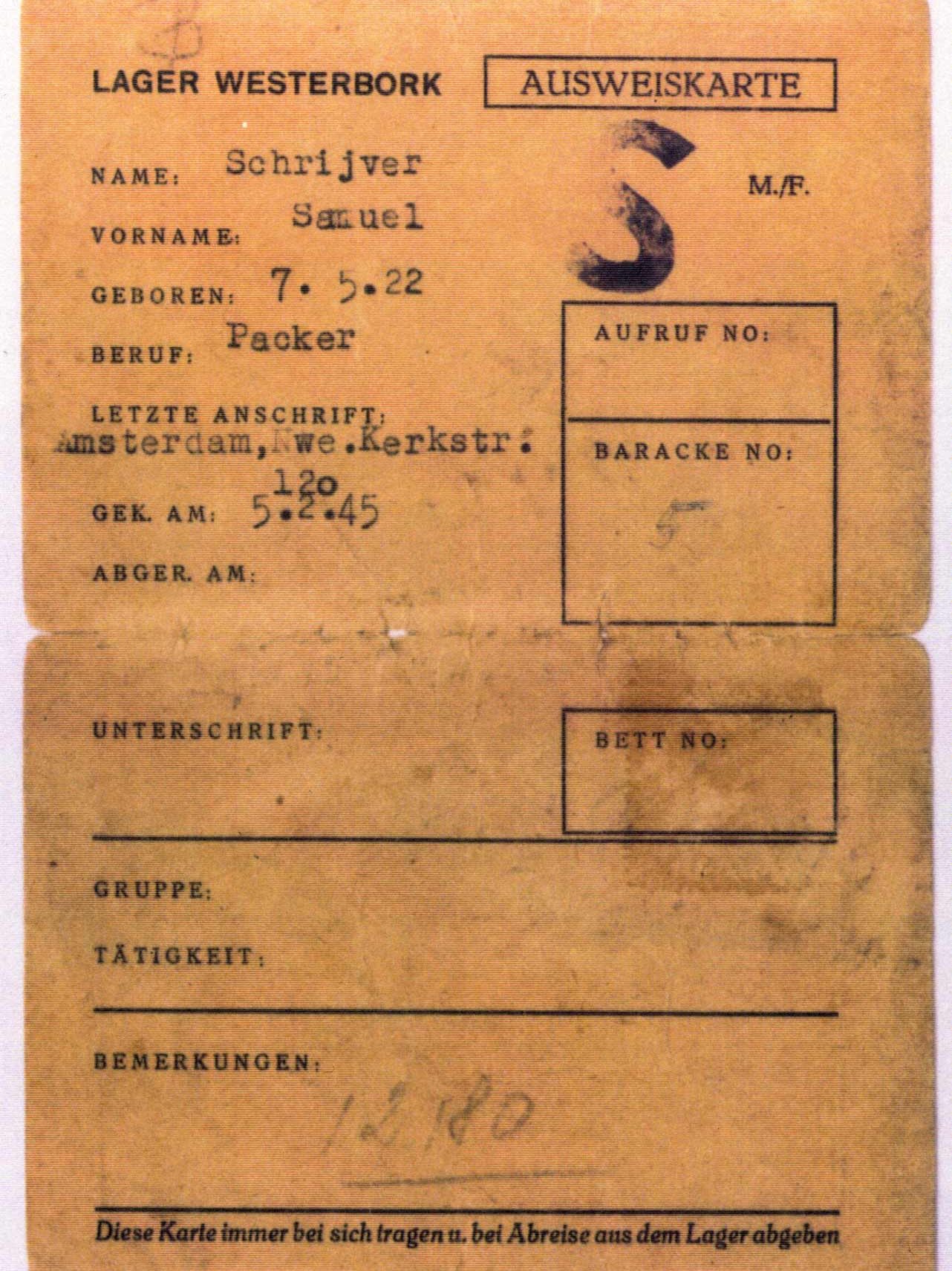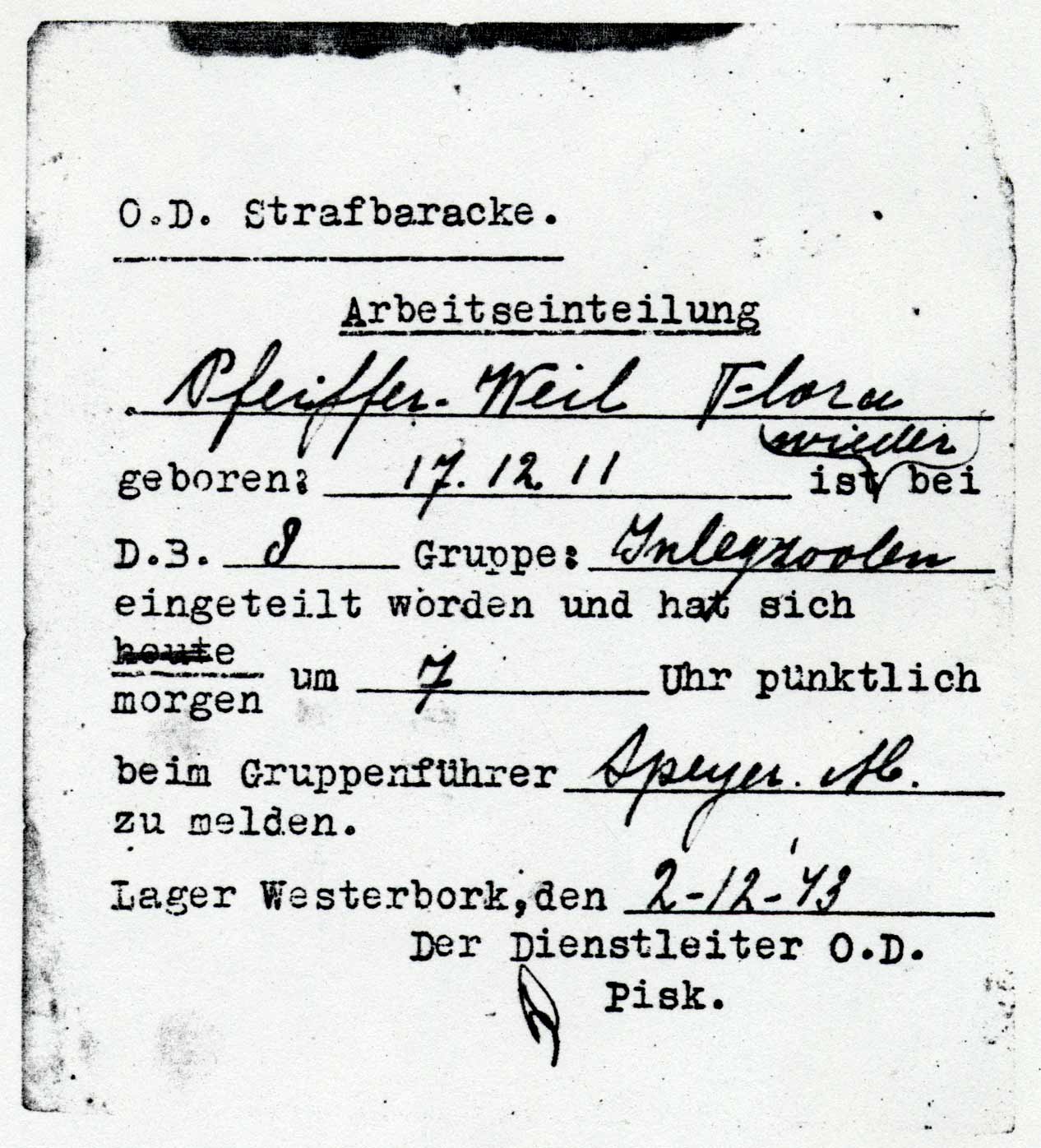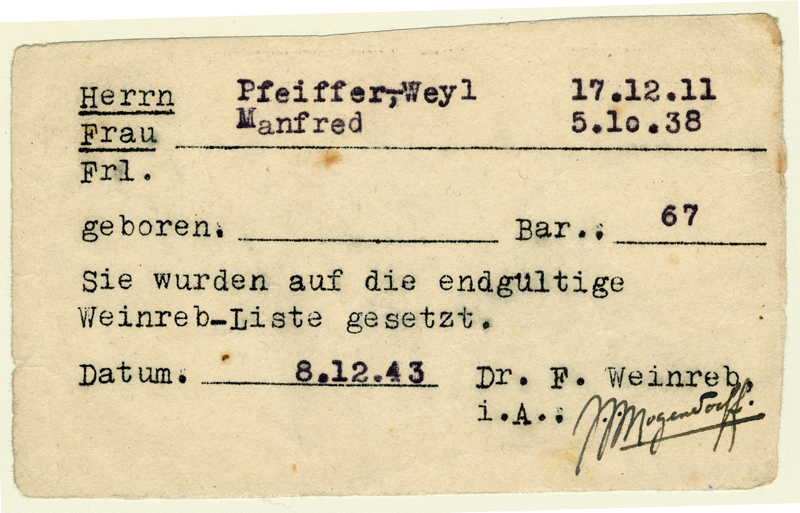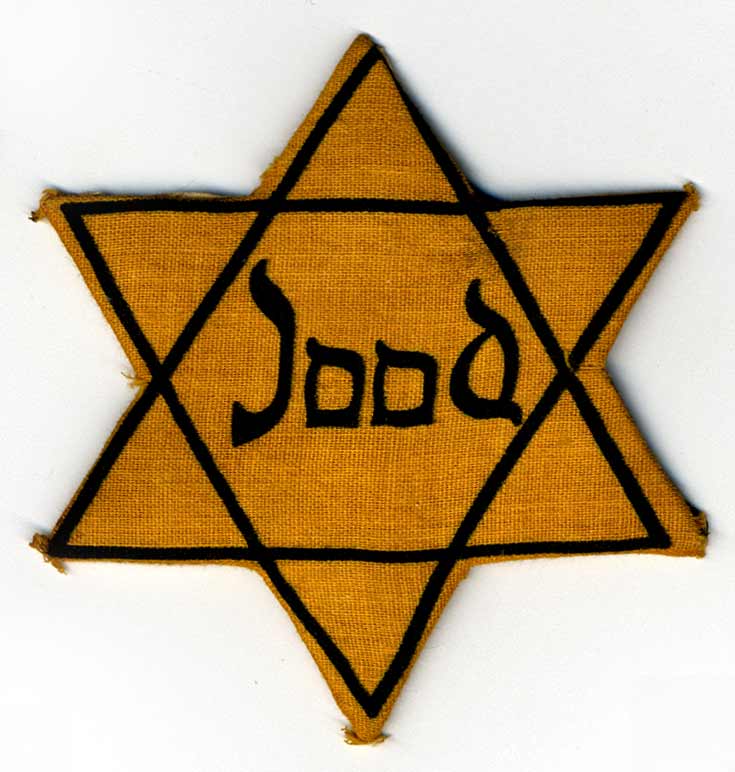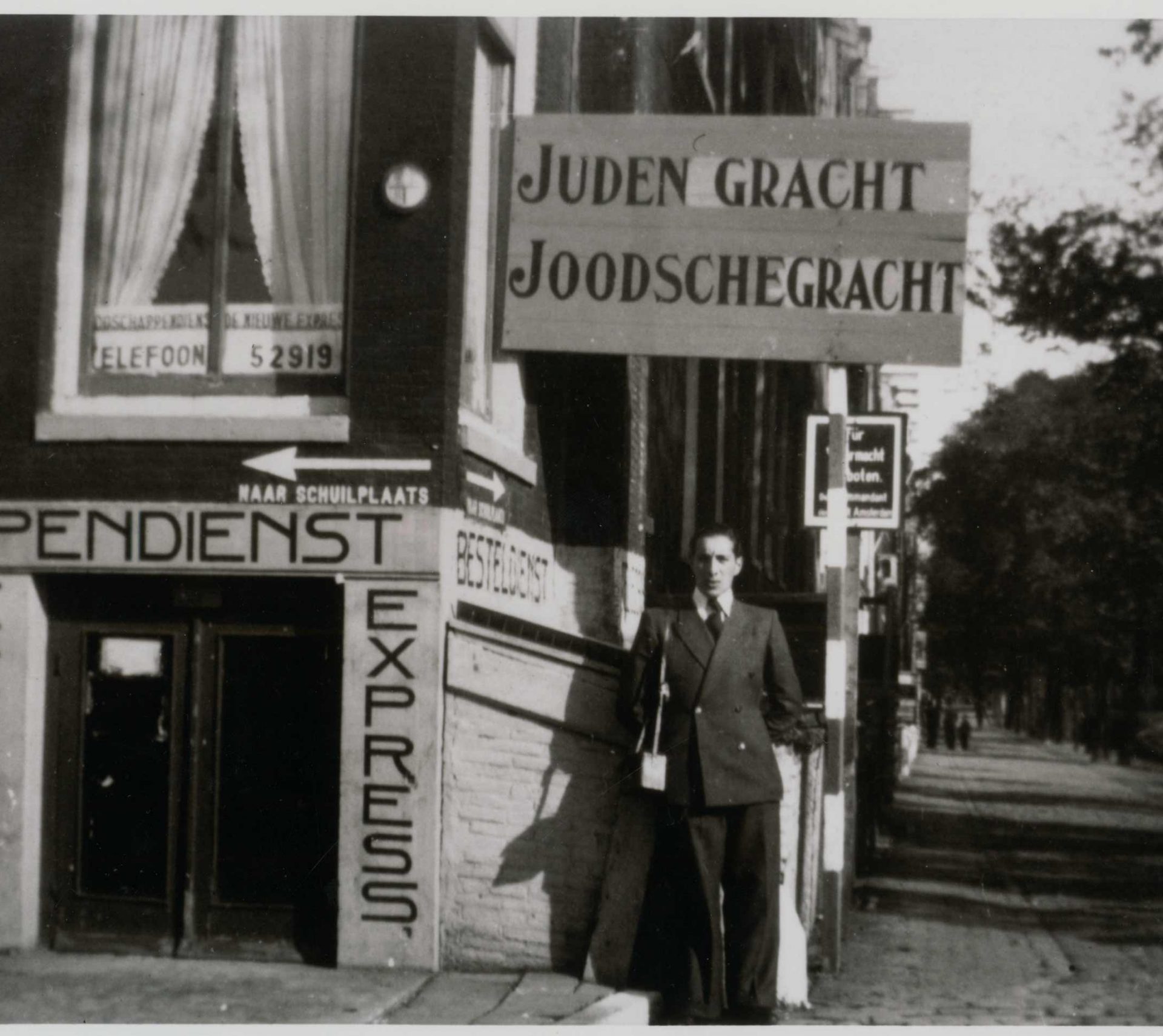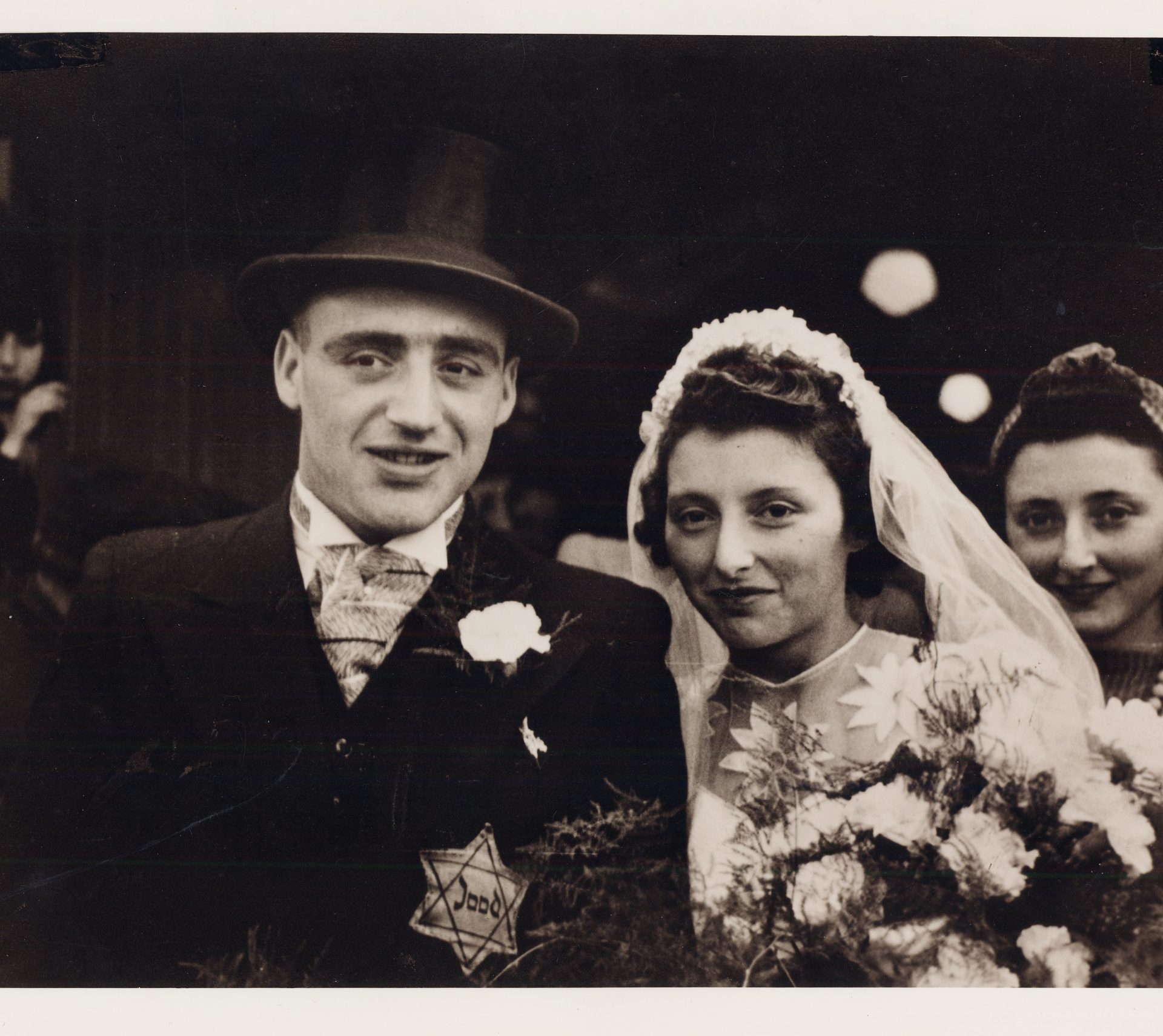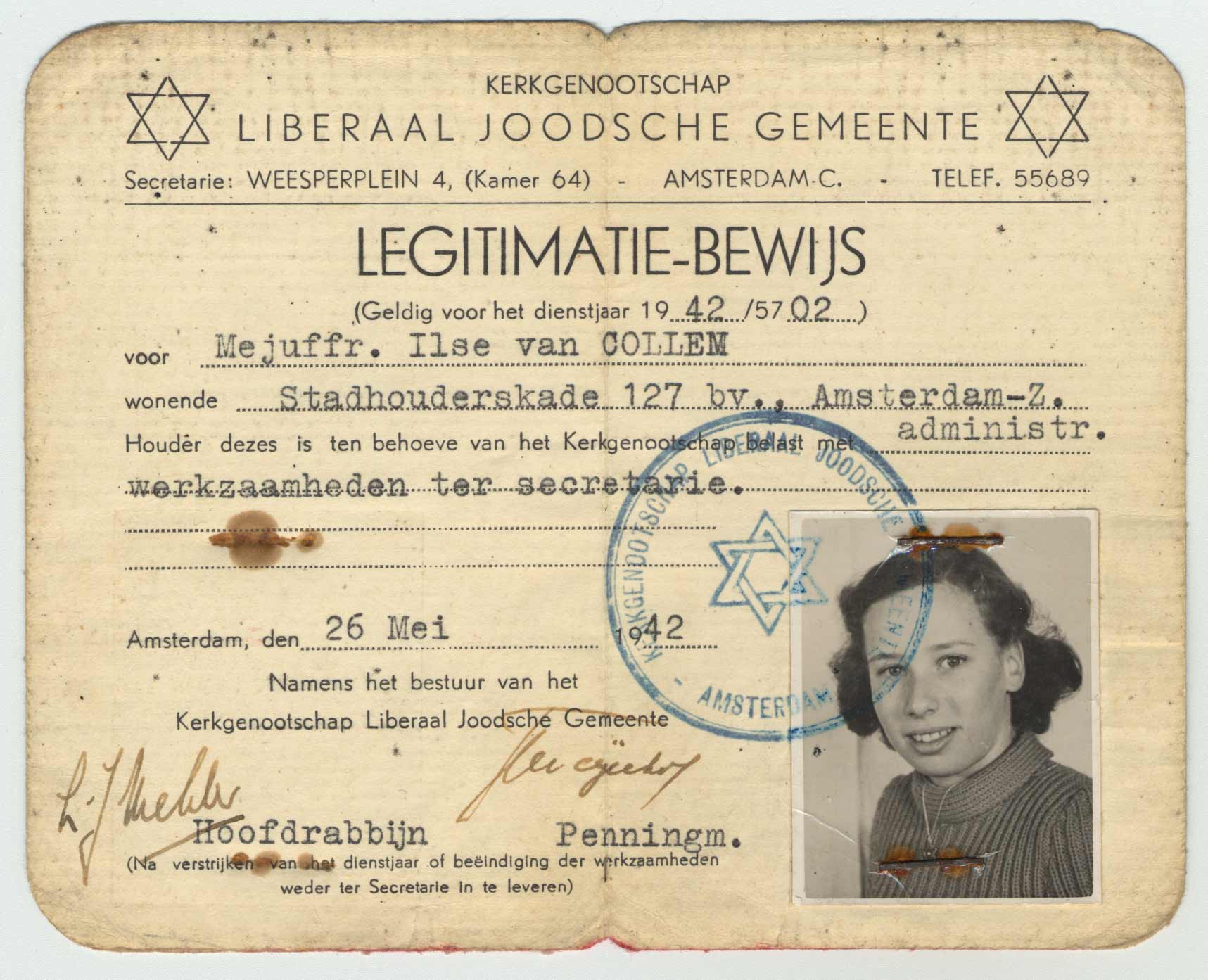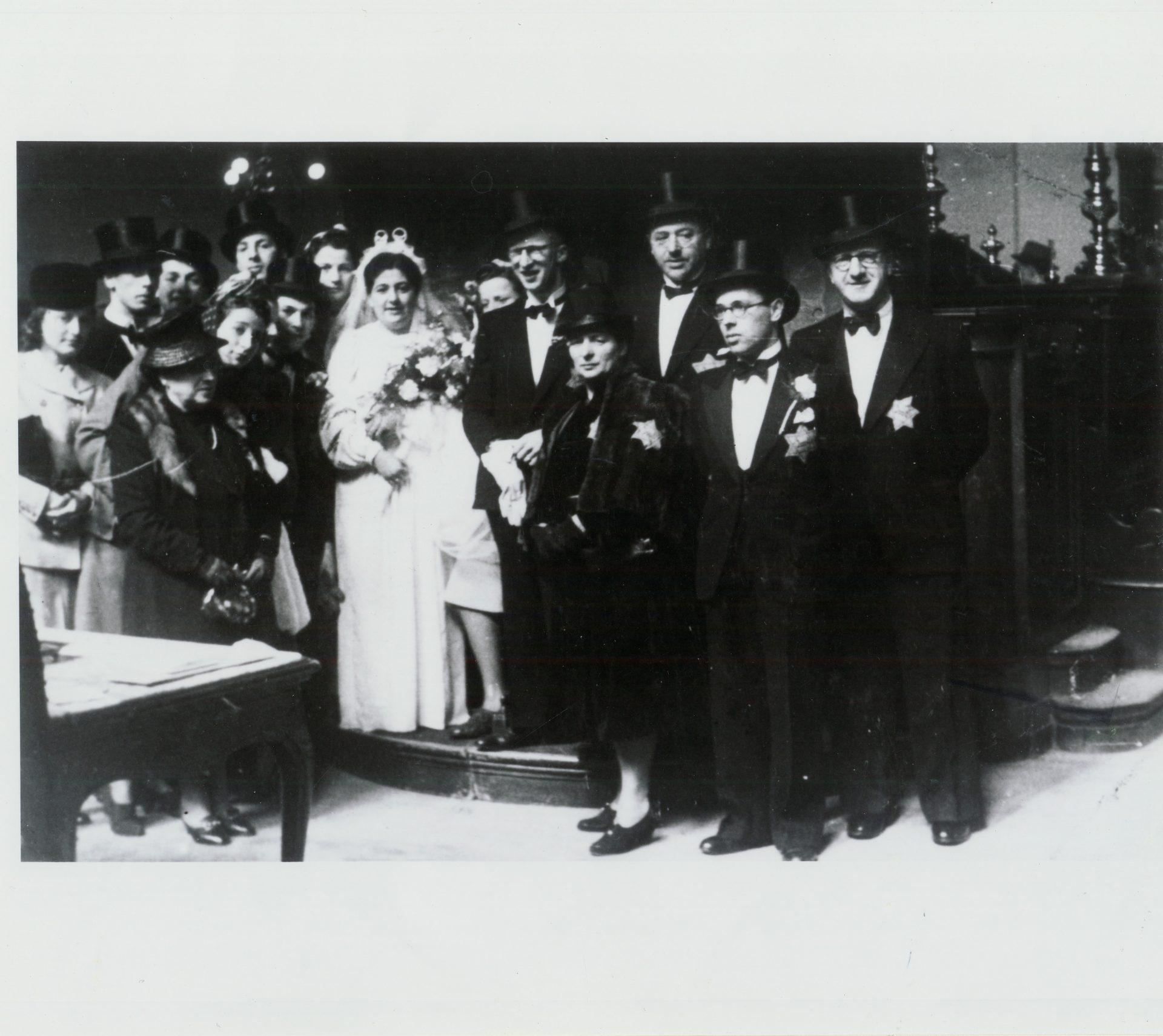Through personal stories and primary sources, the Draw Me the History of the Jews in the Netherlands during the Holocaust pedagogical project invites students to analyze how the rights and freedoms of Jews were violated in the Netherlands during the 1940s.
This project guides students as they create a history-based graphic novel about the experiences of Jews in the Netherlands during the Holocaust that illustrates the impact of antisemitism and anti-Jewish measures on individuals. Students will analyze historical documents and practice using the historical method.
Download the Draw me the story of the Jews in the Netherlands during the Holocaust pedagogical guide
The Draw me the story of the Jews in the Netherlands during the Holocaust pedagogical activity is available online free of charge. Click on the download links at the bottom of this page for the activity that corresponds to your province’s curriculum.
Curriculum links
- Social issues: Recognition of rights and freedoms
- Other: Movement to deny the Jews of Europe their freedoms and civil rights
- Cultural benchmark: Denial of rights and freedoms
Quebec teachers
A print version of this activity is available free of charge* for Quebec teachers by filling out the pre-reservation form. You will receive:
- The Draw me the story of the Jews in the Netherlands during the Holocaust activity
- A Brief History of the Holocaust Reference Guide
Learn more about the history of the Holocaust
To learn more about the Holocaust and antisemitism, read the reference guides A Brief History of the Holocaust and A Brief History of Antisemitism in Canada. You can also consult the Testimony Analysis Sheet to help students learn about a survivor’s story.
Download the Educational Program
Secondary 1st Cycle - History and Citizenship Education
Grades 6 to 9 - Social Studies
